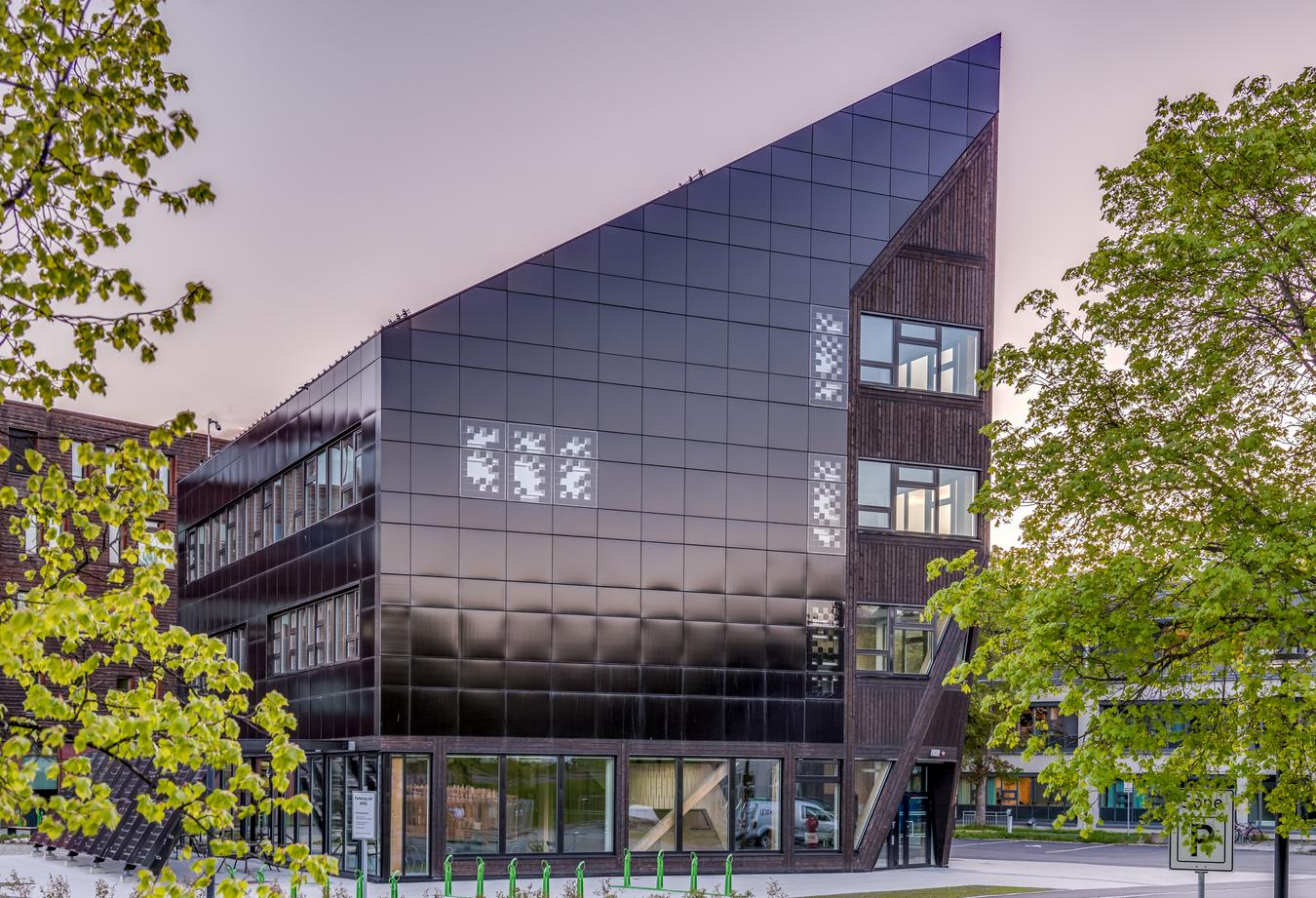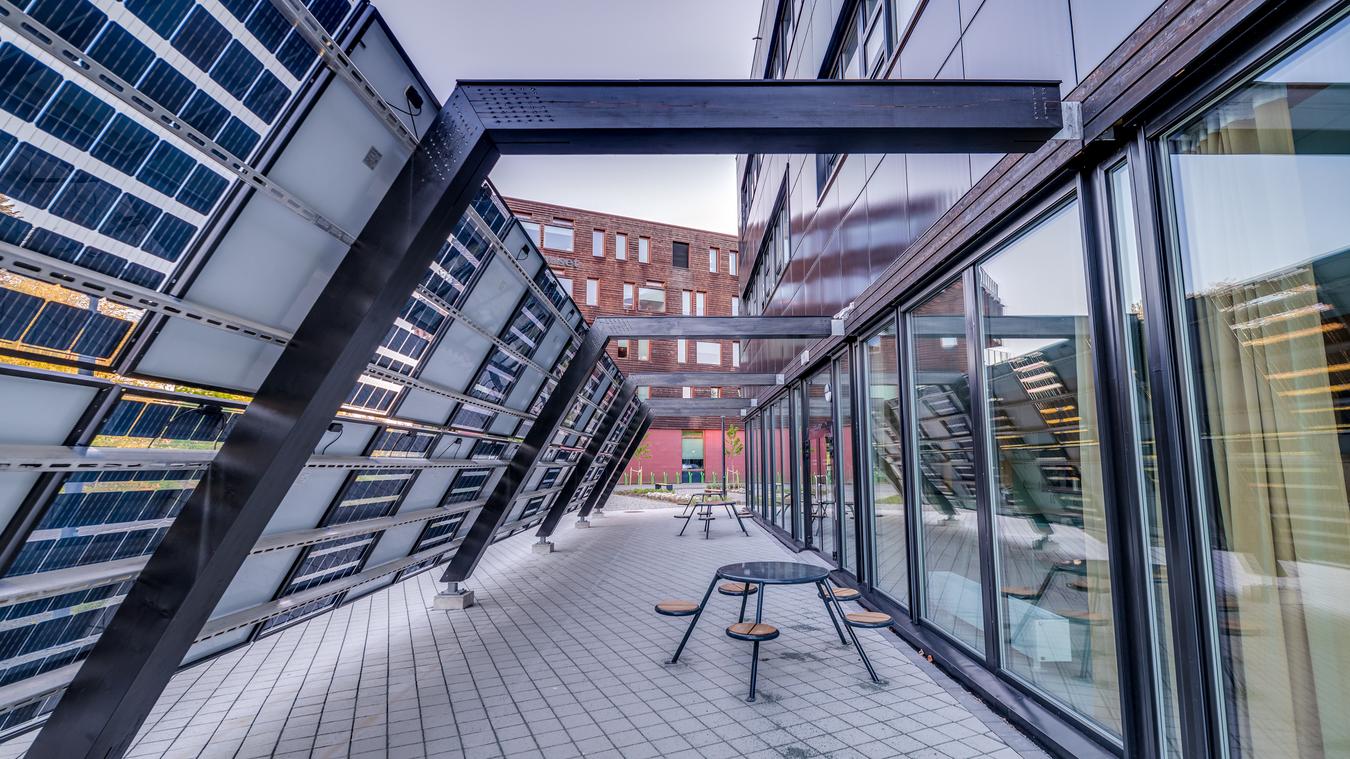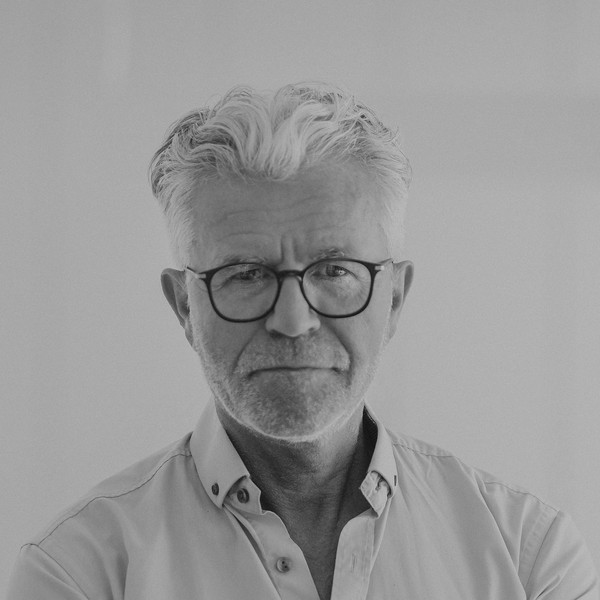
ZEB Laboratory
State-of-the-art zero-emission building
ZEB Laboratory in Trondheim is an office building with highly specialized research equipment and teaching premises, where NTNU and SINTEF will test new zero-emission technology. The building will be one of the world's most sustainable buildings with documented climate accounts that show total CO2 emissions with corresponding compensation of energy production.
A signal building
The shape of the building is inspired by the shape of silicon crystals that solar panels produce. The building is given a form that is based on function based on the requirement for energy production, which must correspond to all CO2 emissions from the production of materials, transport of materials to the construction site, operation of the construction site, construction of the building and operation of the building. The building's facades and roof are clad with solar panels, and the roof slopes 42 degrees to the south for optimal energy production. This gives the building a distinctive identity and it will appear as a signal building.
Greenhouse gas emissions in the life cycle are compensated
The ZEB Laboratory will be a model project for what a building can achieve in terms of low greenhouse gas emissions. The building must satisfy requirements for ZEB-COM buildings, which means that CO2 emissions from production, transport, construction site, construction of buildings, and operations, for 60 years must be compensated by energy production on the building. To reduce greenhouse gas emissions and reduce power peaks in real operation, several instruments have been incorporated into the project.
Innovative workplace design
The new laboratory is user-centered, where research provides answers to what is required to achieve good office and teaching working conditions in a ZEB building. This means flexibility in area design and opportunities for changes in workplace division.
The ground floor is open and inviting with a canteen and presentation room closely connected to the entrance. With insight into energy production and storage of energy shown in plan 1, the building will create curiosity and become an attractive destination. The building is made with a functional structure with solid wood constructions in a flexible grid, based on appropriate spans for the building's purpose.
Cooperation
The zero-emission laboratory is created by NTNU and SINTEF in collaboration with Veidekke. LINK Arkitektur is responsible for architecture, landscape architecture, and workplace design, in addition to being an energy consultant with responsibility for the climate accounts and energy concept in and for the built pre-project. LINK contributed with proposals for the design of the building's future-oriented ventilation principles.





